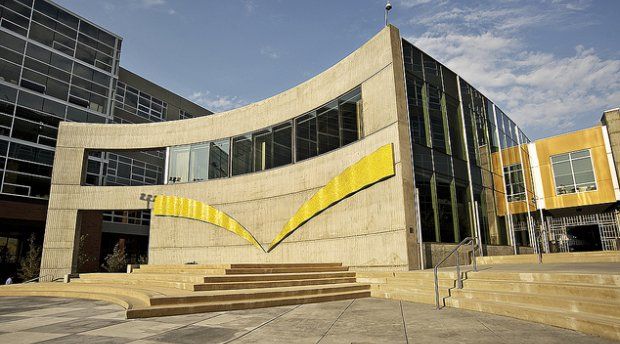People Looking for Jobs Are Also Looking for Apartments
Post Views 116The sour economy has left many unemployed people in its wake. It’s not surprising that a number of those who’ve lost jobs would forego living in a house and stay in an apartment. Nor is it unexpected that vacancies for apartments have dropped, hitting their lowest spot since 2001, according to a report by Reis, Inc., a property research company based in New York.
In the first quarter of this year, the vacancy rate was at 4.9 percent, much less than the 6.2 percent from 2011. The rate has been below five percent only three times since the company began compiling data 31 years ago. Unemployment has caused numerous homeowners to be buried by foreclosure costs and move out of their houses, while younger people contend with the lack of available jobs by renting instead of buying.
Unfortunately, people hunting for apartments should anticipate an increase in rent. The Reis report states that “effective rents tend to spike as landlords perceive that tight market conditions allow for greater pricing power.” Effective rent is an approximation of the actual cost of renting an apartment, minus any specials or discounts. The effective rent rate went up a full percent from the prior quarter to a 1,018-dollar average, the biggest jump in nearly four years.
Victor Calanog, head of research and economics at Reis, also warned potential renters of additional “risks” that may rear their ugly heads from the increase in demand for apartments. These risks include construction that’s accelerated to maintain a pace with escalating rent.
Reis is anticipating 70,000 units available for leasing this year, two times as much as last year. The company is surmising an even greater increase for 2013, with a probable 150,000-200,000 apartments open for tenants. Such a high volume of new units, however, will likely stunt rent growth, particularly in cities like Salt Lake City and Austin, where increased development is most prevalent.
“Once that supply hits the market next year, we may find that this is the year rent growth peaked,” Calanog said. “It’s still going to be a great year for apartment landlords.”
Catanog further noted that “most of the big gains in performance are in occupancy.” Currently, the rent growth is not very prominent at a national level, but now that the vacancy rate has fallen below five percent, this growth will be much more perceptible.
Urban areas are most affected by the spike in demands for apartments and the perceived rising of rents. Minimal creation of jobs and no increase in wages has more people renting, so while properties are improving the living quarters, the owners are also unable to raise the rents.
New York City has the biggest apartment market in the U.S. Its vacancy rate dropped to two percent in the first quarter. The rents are still the highest of all markets tracked by Reis, but it was also the second lowest increase in rent, along with Birmingham, AL, Greesboro/Winston-Salem, NC and Northern New Jersey.
People Looking for Jobs Are Also Looking for Apartments by Harrison Barnes



 Atlanta’s Top Telecom, Cell Phone, and Electronics Manufacturers
Atlanta’s Top Telecom, Cell Phone, and Electronics Manufacturers  Top Canadian Companies You Want to Work For
Top Canadian Companies You Want to Work For  Amazon May Have a Better Grasp on Workplace Culture
Amazon May Have a Better Grasp on Workplace Culture  Expected Changes in 2016 to the Workplace
Expected Changes in 2016 to the Workplace  Chicago’s Top Tech Companies
Chicago’s Top Tech Companies